7 disinfecting golden rules you must follow for a healthier home – pro cleaners warn these are non-negotiable
Are you making some common mistakes?
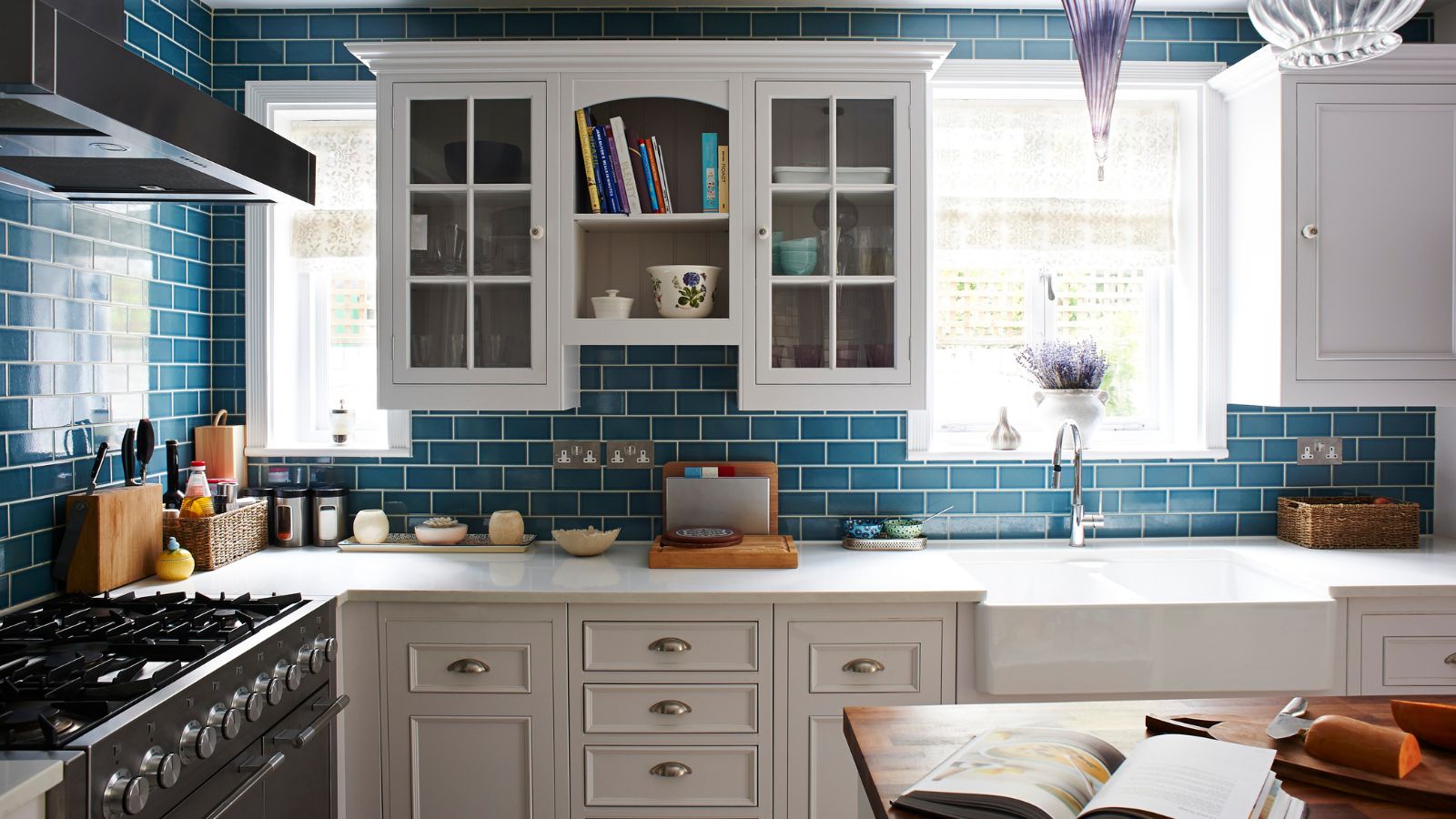

Germs, bacteria, and allergens hide in plain sight – on doorknobs, remote controls, kitchen counters, and even your phone. The truth? Most of us are disinfecting our homes incorrectly.
If you’ve ever sprayed a surface and wiped it immediately, or used the same rag across multiple rooms, you’re not alone – but these habits could be spreading more than they clean.
To combat this, professional cleaners have shared their top disinfecting golden rules and cleaning tips.
Disinfecting golden rules
To disinfect your home correctly, you first need the right tools:
- A quality disinfecting spray – such as Lysol, from Walmart.
- A set of microfiber cloths – available at Walmart. Having multiple means you can swap them out regularly
- Optional: Cleaning gloves – such as the O-Cedar Rubber Gloves, from Target, to protect your skin.
1. Pre-clean before disinfecting

Remove debris to allow full contact with the germs.
Before you can start disinfecting surfaces, you need to remove any debris on the surface. You don’t need to deep clean a house, but simply remove crumbs, grease, and dust.
Sofia Martinez, cleaning expert and CEO of Sparkly Maid Austin, explains, ‘This is the golden rule. If there is grease, dirt, or crumbs on the surface, then the disinfectant will not work properly. You need to wipe everything down first with a regular cleaner to remove the debris. After the surface is clean and dry, spray your disinfectant so you can be sure that it is actually contacting the germs and doing its job.’
The Method all-purpose cleaner, from Walmart, helps beat grease with its plant-based formula, and smells amazing while doing so.
Design expertise in your inbox – from inspiring decorating ideas and beautiful celebrity homes to practical gardening advice and shopping round-ups.
2. Leave the spray to sit
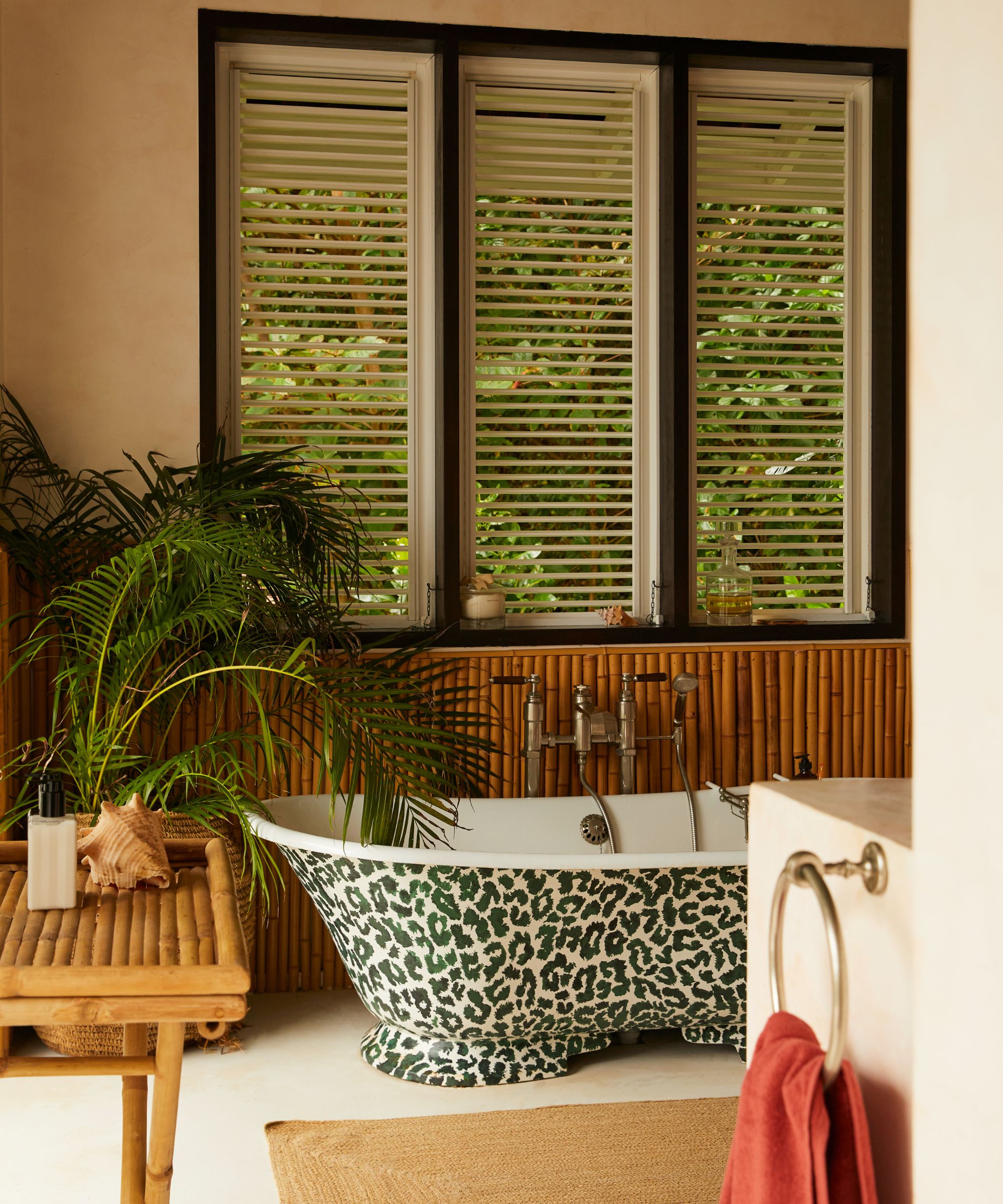
Dwell time is essential to kill germs.
While you do not need harsh chemicals to clean or disinfect your home, germs and bacteria can be difficult to kill. As a result, you do need to leave the sanitizing solutions on the surface long enough to be effective.
Taylor Riley, cleaning expert and partner at GermSmart Commercial Cleaning, says, ‘Another thing that most people don't realize is you can't just spray and wipe away – that is deodorizing, not disinfecting. Every disinfectant has a "dwell time," which is how long it needs to sit wet on a surface to kill pathogens. Most disinfectants will have this information on the label (often five to 10 minutes).
‘One of my favorite products is Clorox Healthcare Hydrogen Peroxide Cleaner Disinfectant, available at Amazon. The dwell time for this product is one minute for most bacteria and viruses.’
3. Don’t over-do it
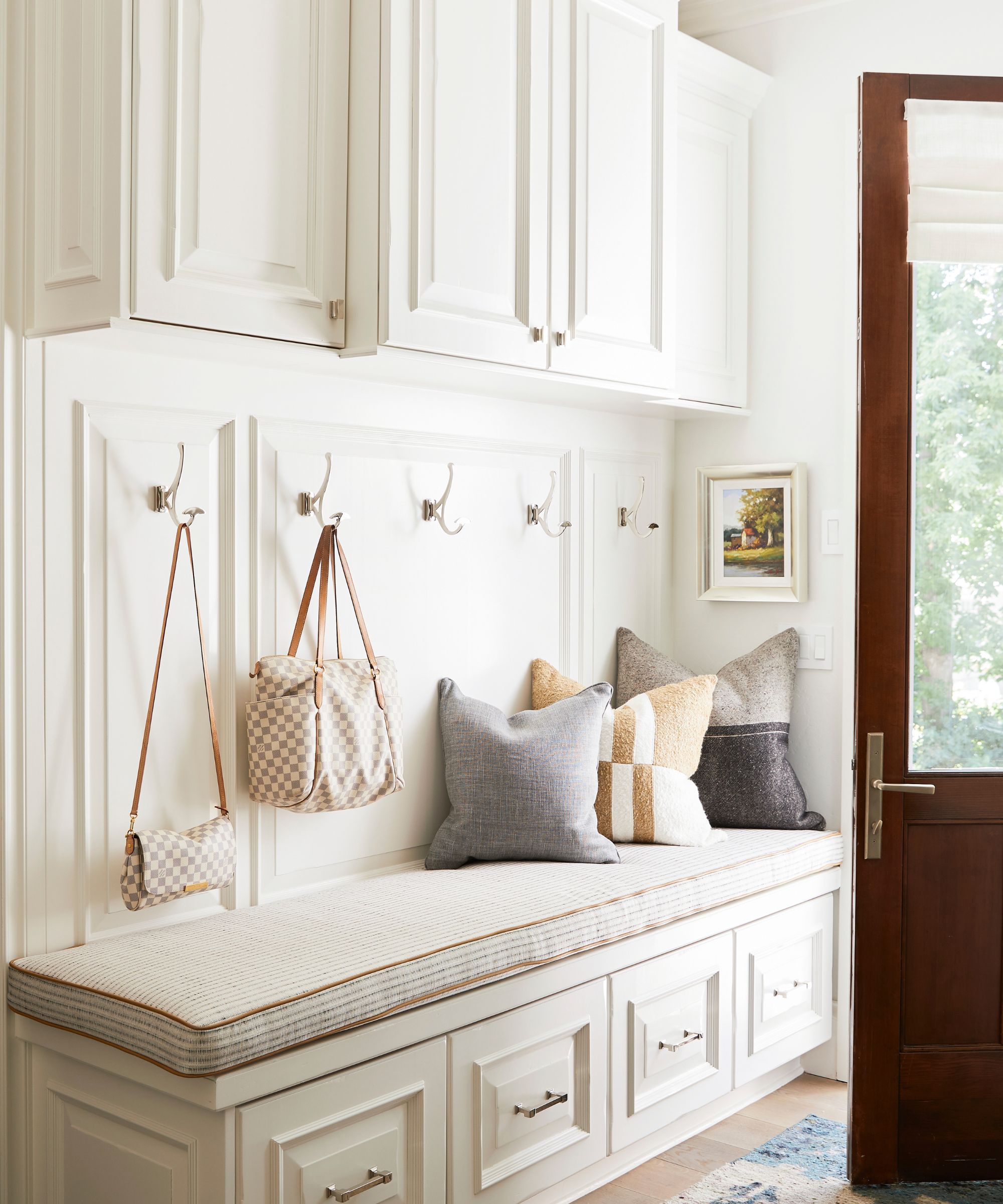
Tackle high touch points as part of your routine.
While it is important to focus on target hygiene to prevent the spread of germs, you should also keep tabs on the ways you might be overcleaning your home so that you can maintain a healthy home biome.
Scott Schrader, cleaning expert at Cottage Care, urges, ‘High-touch surfaces – like doorknobs, light switches, appliance handles, and bathroom countertops – should be disinfected on a regular basis. And, there is no need to go above and beyond.
Disinfecting excessively (on non-touch surfaces, like floors or walls) may lead to chemical residue, damage to surfaces, and unnecessary exposure to harsh agents, especially with children and/or pets in the picture.’
If you do want to keep your home extra clean, consider switching to non-toxic cleaning products instead. We like cleaning with vinegar, such as the orange-scented concentrated vinegar from Walmart, for tackling germs and odors without exposure to harsh chemicals.
4. Disinfect after illness
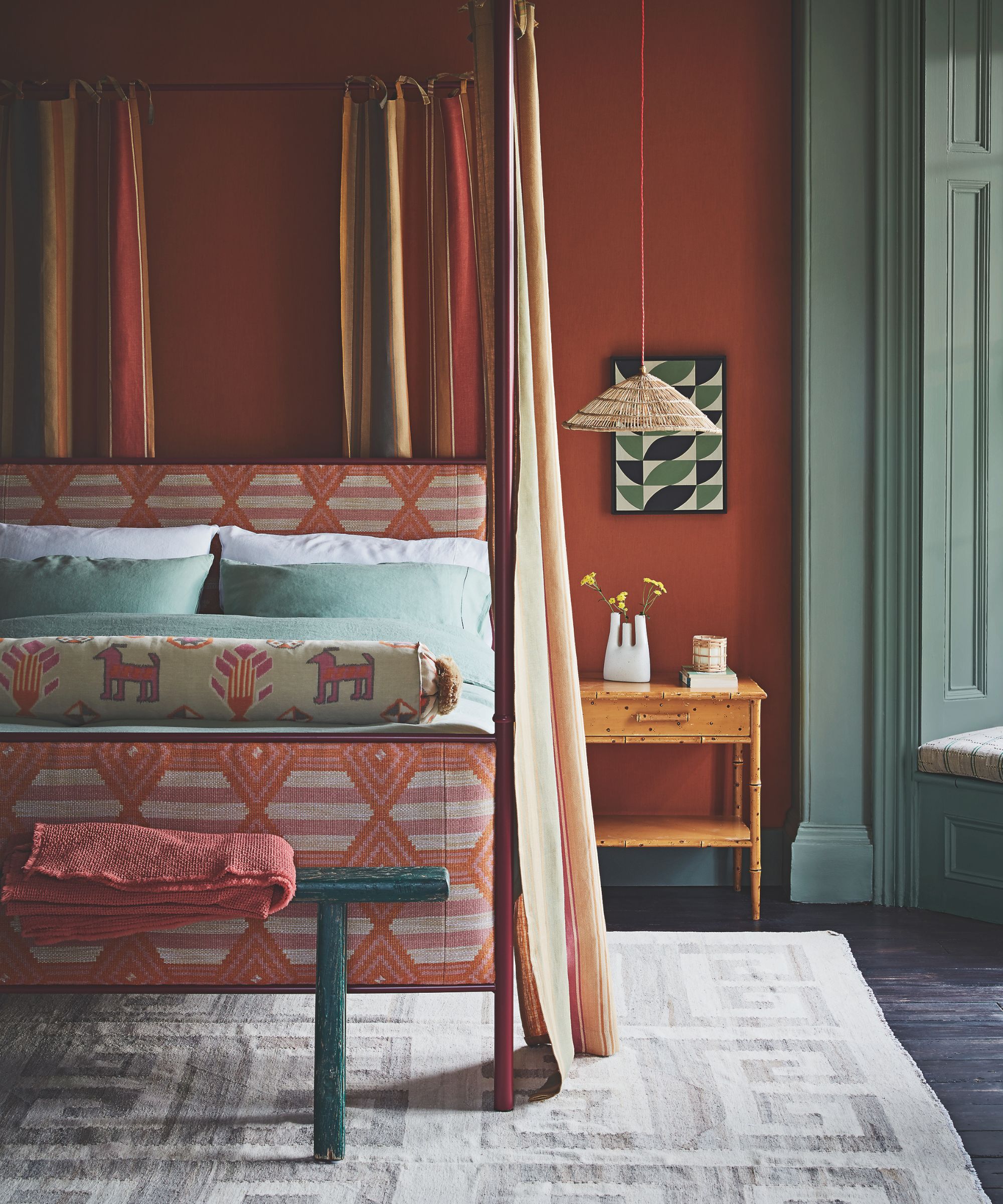
Wash all sheets after illness, too.
Knowing how to clean your house when someone is ill is essential to avoid the spread of disease.
Sofia advises, ‘When illness strikes, you don't need to disinfect daily, but it is important to be vigilant. During and after someone is sick in your home, it's a good idea to disinfect doorknobs and handles of remotes, sink handles, and other high touch surfaces to prevent germs from spreading. The key is not to overdo it; it's to time it correctly.’
When cleaning during illness, consider using the Chlorox disinfecting wipes, from Walmart to quickly tackle compromised surfaces without having to wait to wash microfiber cloths.
Be aware, however, that there are some things to never clean with disinfectant wipes to avoid damaging your home.
5. Don’t skip soft surfaces

fabric can hold germs just as well as hard surfaces.
Sofia says, ‘Many people overlook that anything fabric, such as couch arms, headboards, and fabric dining chairs, can have just as much, and sometimes, more bacteria than a hard surface.
‘Using a fabric-safe disinfectant spray [such as Lysol Fabric Spray, from Walmart], or even steam cleaning upholstery, is easy. These areas are common touchpoints, but are seldom deep cleaned, and adding these areas to your disinfecting habit will be effective.’
Picking one of the best steam cleaners, such as the Bissell Steam Shot Handheld Cleaner from Amazon, can make light work of disinfecting fabrics, floors, and degreasing appliances.
6. Avoid cross-contamination
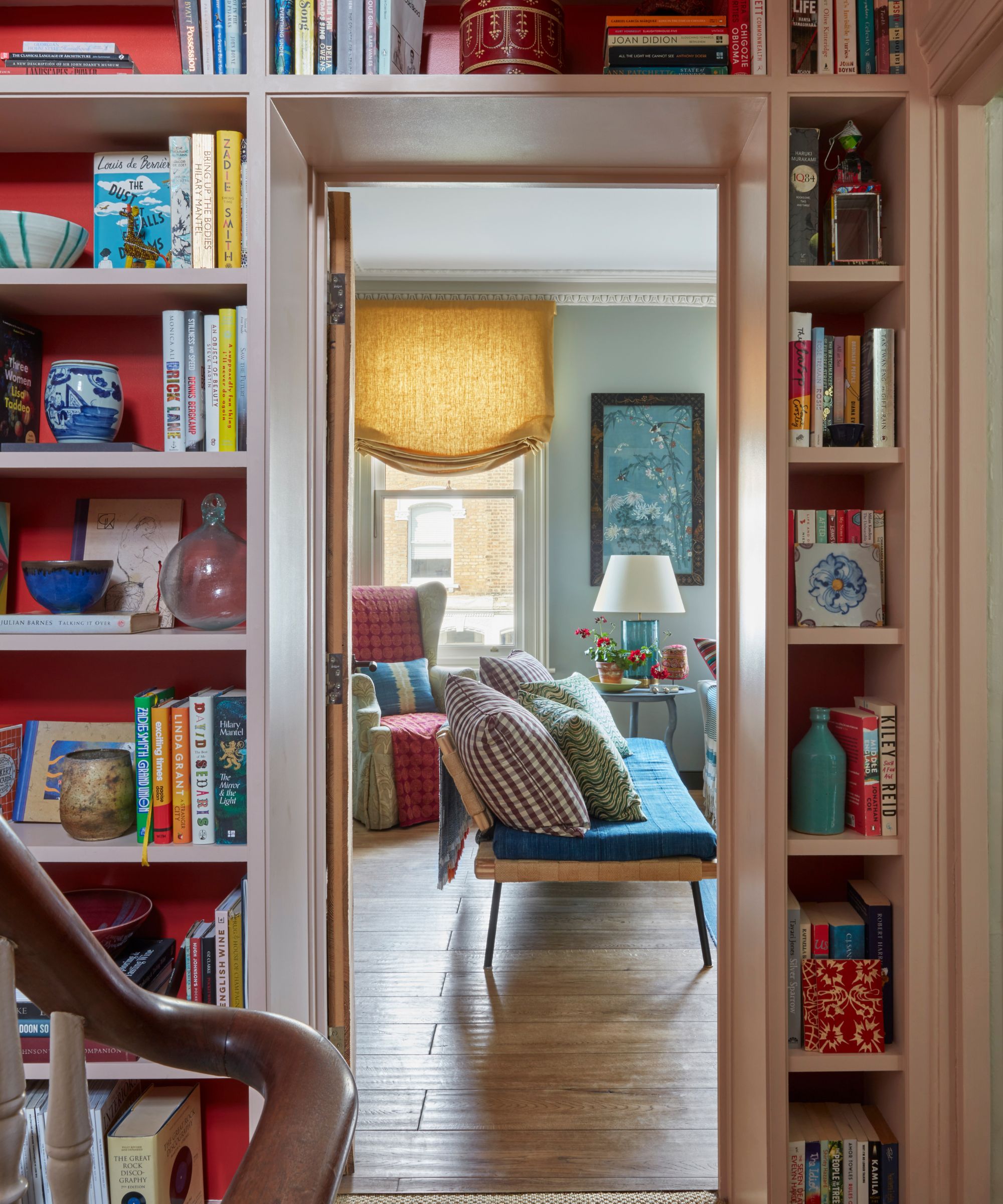
Change cloths between surfaces and rooms.
When disinfecting a home, one of the worst things you can do is use the same cloth in several places. Once you have disinfected one surface, you need to change cloths to avoid spreading the collected germs elsewhere.
This is where having several microfiber cloths, such as this pack of 12 Mr. Siga cloths from Walmart, comes in handy.
You can wash each cloth after use on a hot laundry cycle, killing germs ready for use again. Alternatively, for a large task, consider using Swedish Dish Cloths, also from Walmart, as they are one of the many surprising things you can clean in a dishwasher for speed.
Keeping piles of different colored cleaning clothes and allocating them to different rooms will help reduce cross-contamination. This is called color-coded cleaning.
7. Wash your hands
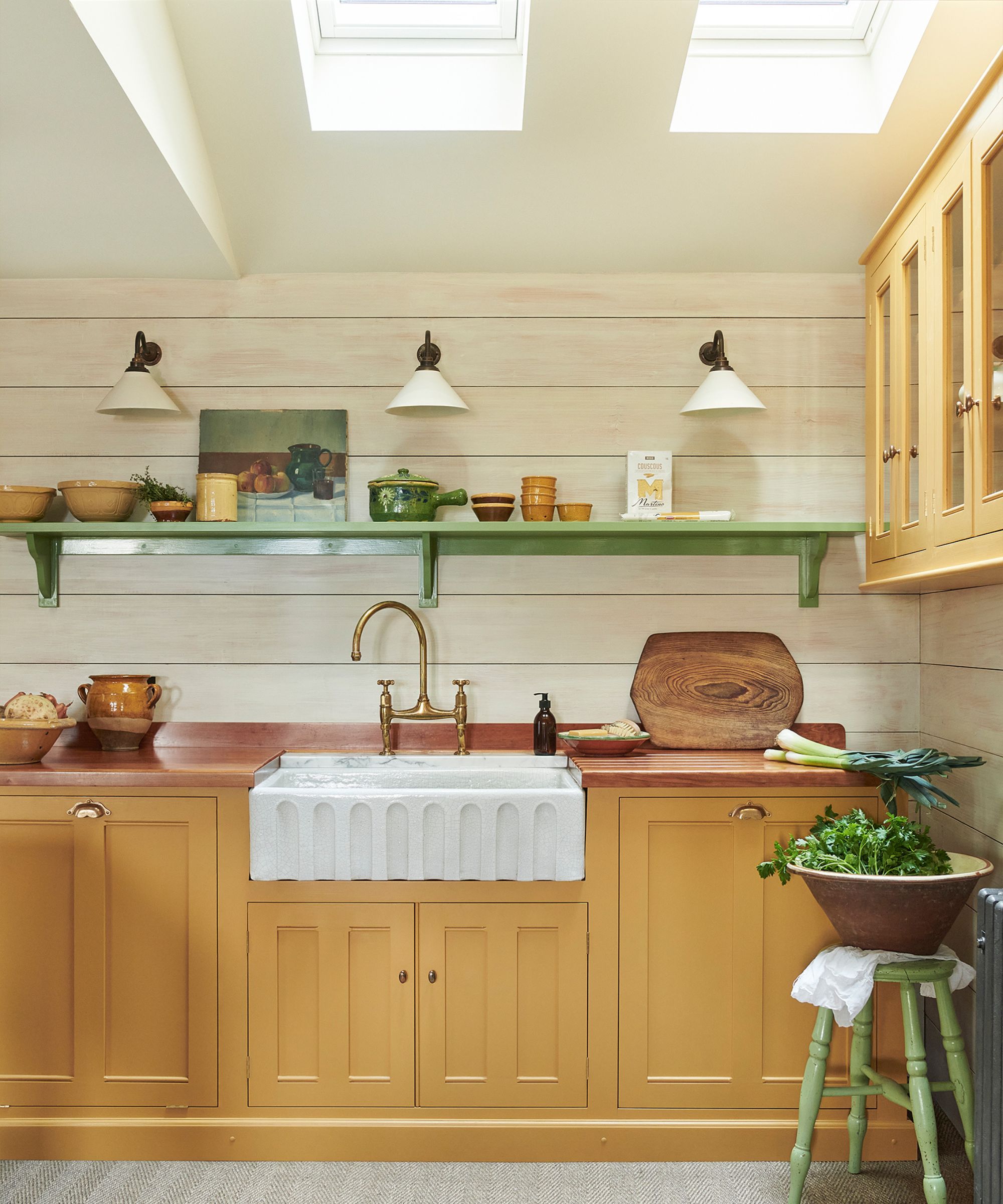
Wash your hands after disinfecting surfaces.
Disinfecting doesn’t stop at your surfaces. Scott adds, ‘Hand hygiene counts as well; disinfecting the surface is only part of the picture. Wash your hands after cleaning, and wait for disinfected surfaces until dry to avoid cross-contamination.’
We recommend the top-rated Attitude Lemon Leaves hand Soap, from Walmart, as it is free from harsh and irritating chemicals and is made with 98.9% natural ingredients.
What to shop
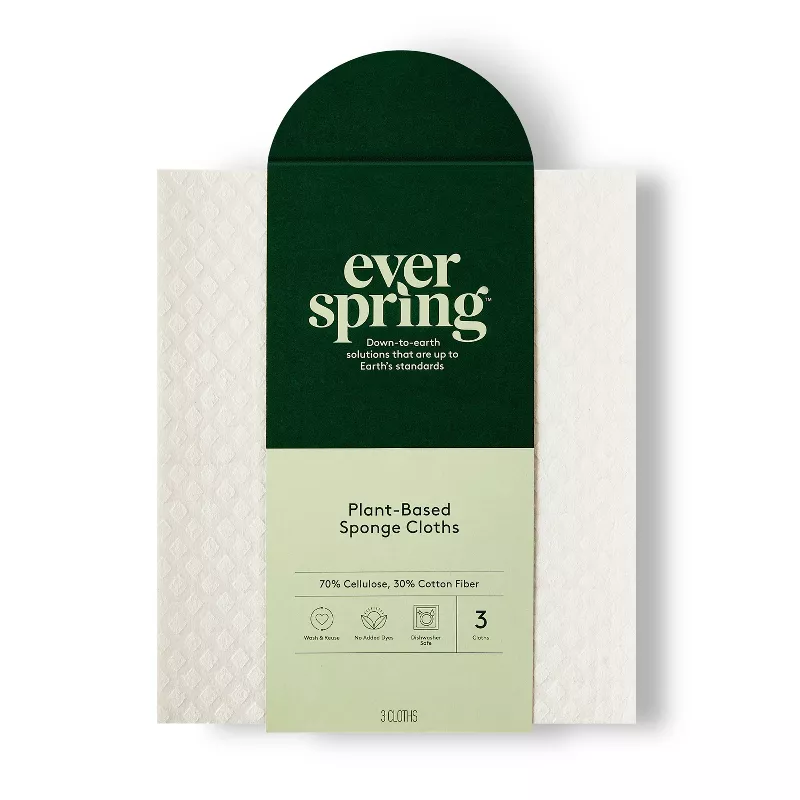
Sponge cloths are plant-based, meaning they are free from plastics and decompose in compost heaps in around 10 months, making them a eco-friendly, hygienic alternative to traditional sponges and paper towels.
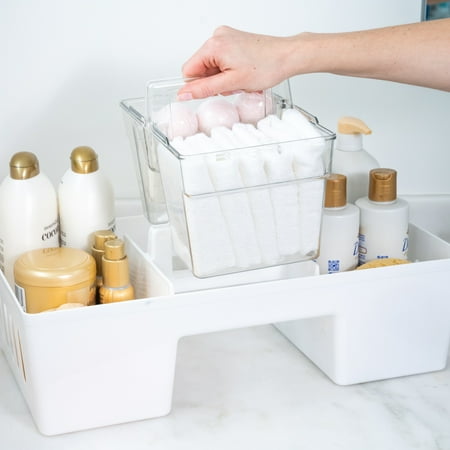
Designed to maximize under-cabinet storage, this large storage caddy comes with a removable inner caddy that can be removed and carried around for smaller tasks.
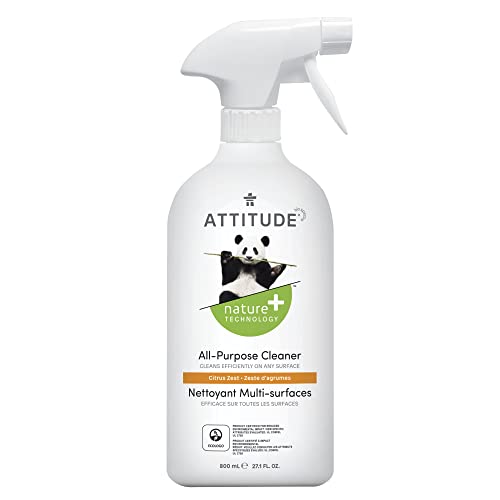
The Environmental Working Group (EWG) has certified Attitude products as non-toxic, meaning they contain no harsh chemicals or artificial compounds.
Meet the experts

With numerous contributions in Homes & Gardens, Real Homes, The Spruce, and many more, Karina is an expert at advising on how to adopt cultural cleaning practices in any home space.

Scott is a cleaning expert at CottageCare, which is a leading home cleaning company with over 41 locations nationwide. He's a big believer in using eco-friendly cleaning solutions like baking soda.
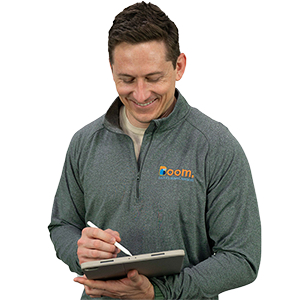
Taylor Riley began his journey into the cleaning world began in 2019, when he started working with Impact Cleaning Professionals of Polk County, Florida. Alongside raising a family, Taylor also founded Boom. Facility Service Advisors later on in his career, where he assists other cleaning business owners with his passion for Lead Generation.
Disinfecting is only part of keeping your home hygienic. We have compiled a library of top cleaning methods to help you refresh your home from top to bottom.

Chiana has been at Homes & Gardens for two years and is our resident 'queen' of non-toxic living. She spends most of her time producing content for the Solved section of the website, helping readers get the most out of their homes through clever decluttering, cleaning, and tidying tips. She was named one of Fixr's top home improvement journalists in 2024.
You must confirm your public display name before commenting
Please logout and then login again, you will then be prompted to enter your display name.